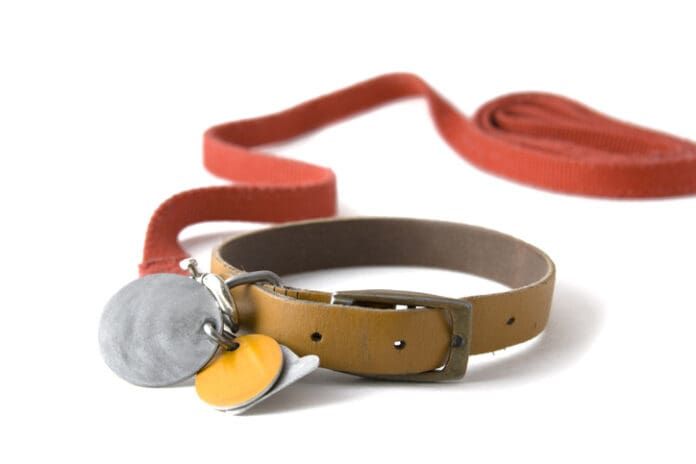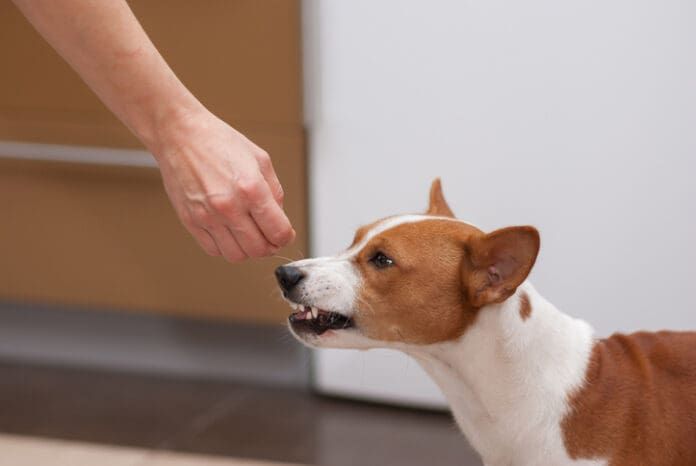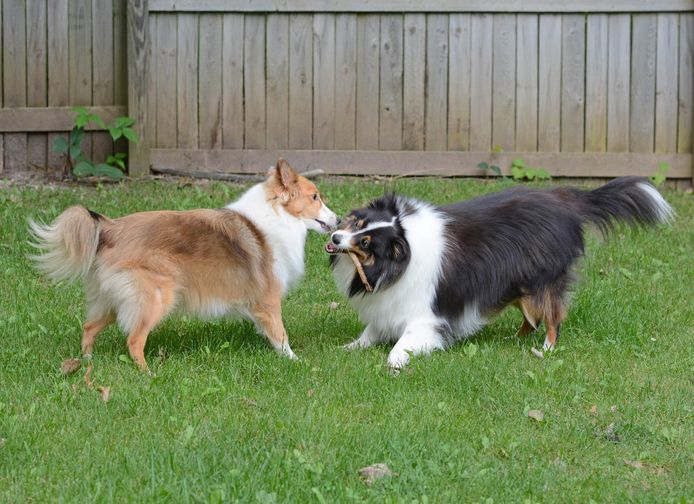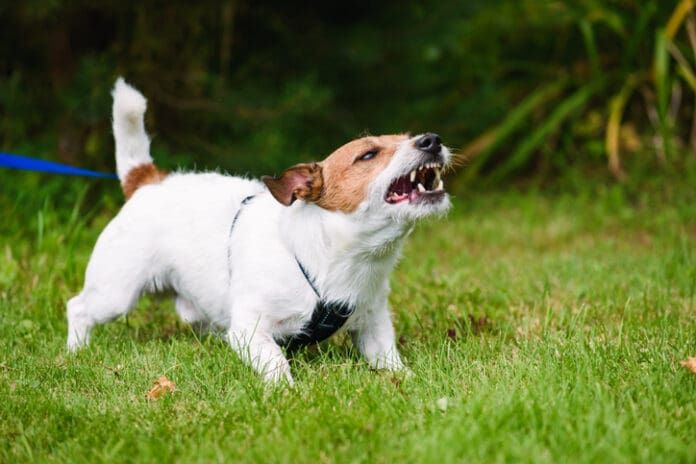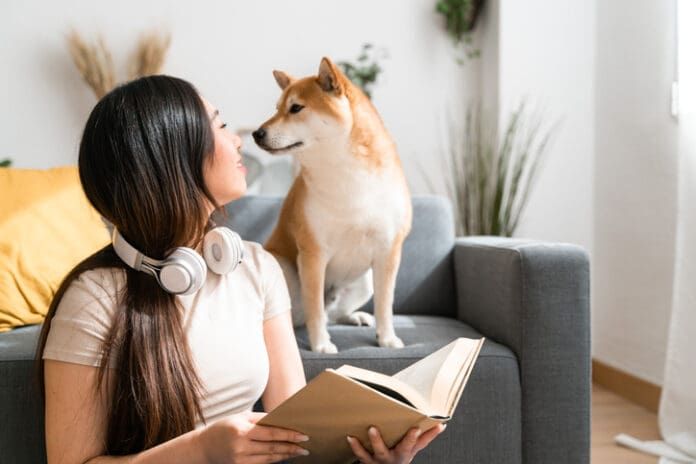Even the best collars have the potential to cause harm to your dog if not used wisely. Here are some tips and cautions for proper, safe collar use:
Don’t Leave Collars on Unattended Dogs. Any collar left on an unattended dog has the potential to catch on something and hang the dog. In fact, some agility and barn hunt venues don’t allow dogs to wear collars while they are running the course, for fear that the collar could get caught on something. It is also possible for a dog to get her lower jaw caught in the collar.
While hanging potential is greatest with a choke collar (yes, this sadly happened to a St. Bernard of mine when I was young and too dumb to know better), it can also happen with regular flat collars. I do leave flat collars on my dogs – the tradeoff is that if you remove collars, your dog has no visible identification and may be harder to capture if she does somehow escape. You have to decide what hazard is a more likely threat to your dog’s safety.
Don’t Leave Collars on Playing Dogs. Dogs who are playing together can get tangled in each other’s collars, especially if they engage in mouthy play. This, also, happened to one of my dogs: while Darby and Keli were playing, Keli got her jaw caught under Darby’s collar and then spun around, twisting the collar so that Darby was being choked. Fortunately, I was able to pick up Keli and un-spin her, releasing the tension on the collar and allowing the dogs to separate. Neither dog was harmed – but it could have been significantly worse. Dogs have broken their jaws, and others have choked to death in this way.
If you feel you must leave a collar on your dog when he’s playing with other dogs – say, at a dog park – make sure it has a quick-release buckle, or better yet is a safety or breakaway collar, which will release under pressure.
Watch Out for Tags on Collars. Dangling tags can catch on crate wires and heater vents. You can tape tags to the collar so they don’t dangle, or look for a dog tag “pocket” that holds the tags flat against the collar. Slide-on ID tags are available from a variety of sources. Alternatively, you can use a collar with your number stitched on it, or use a light-weight ring for the tags that will bend and release under pressure.
If you need help deciding what’s best for you and your dog, our newly updated ebook Guide To Collars, Leashes & Harnesses can guide you in making collar decisions that are compatible with your training goals and philosophy.


